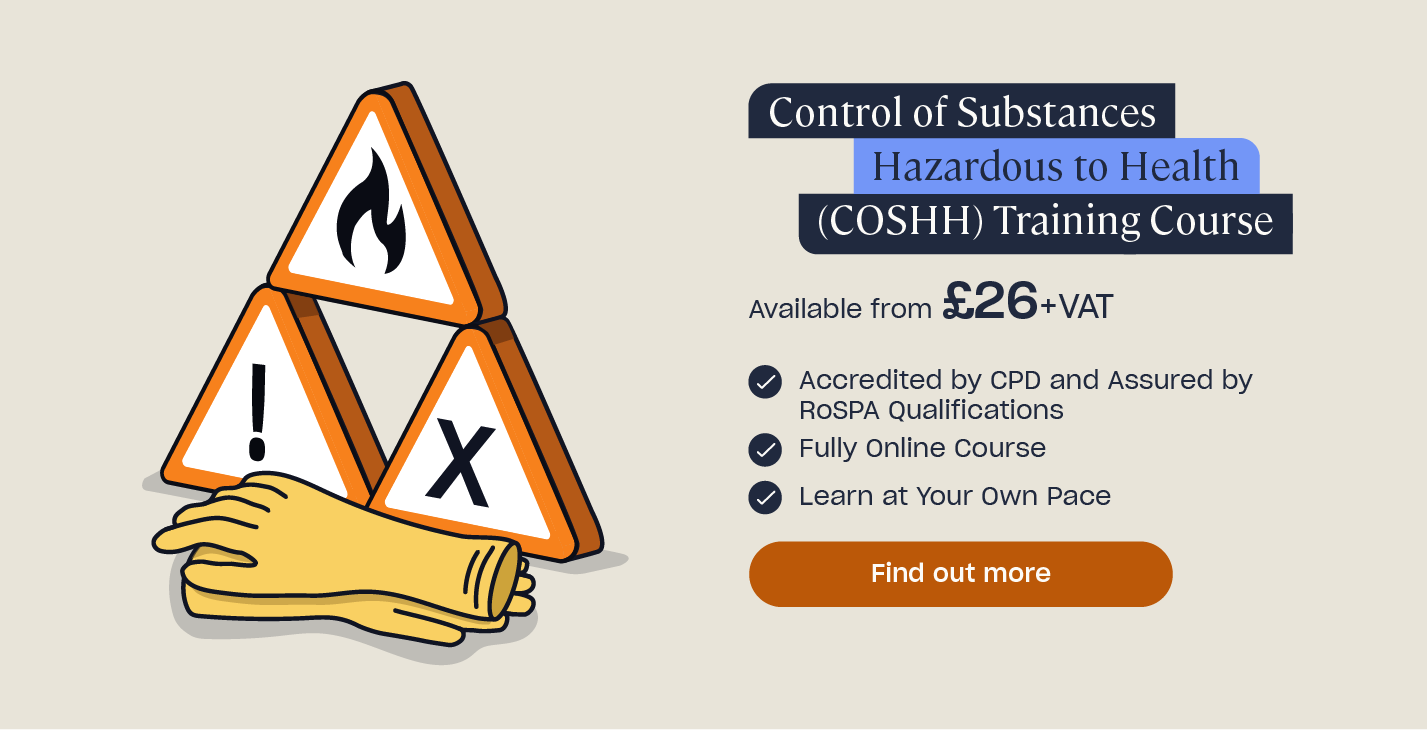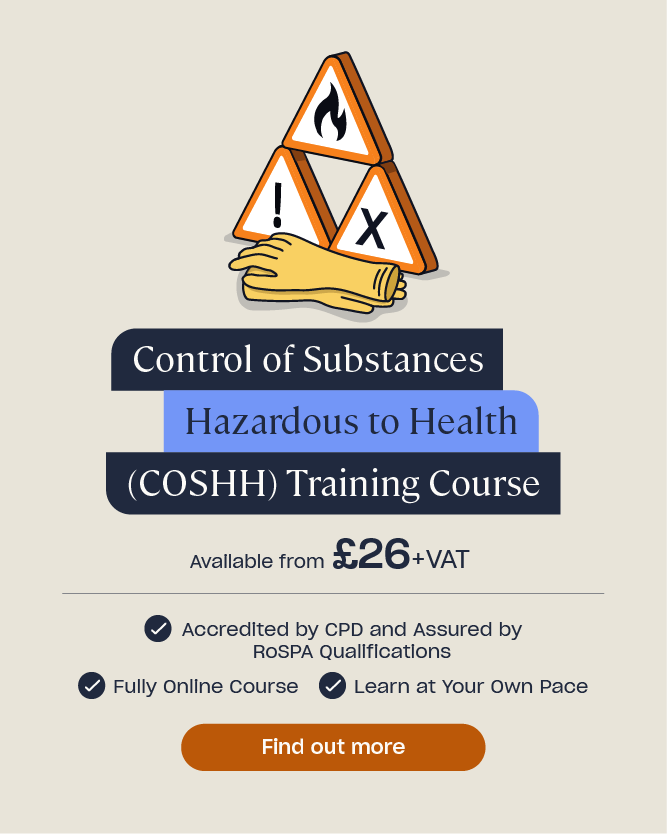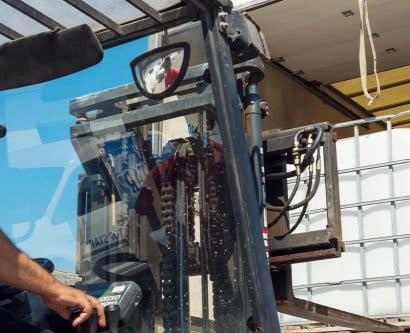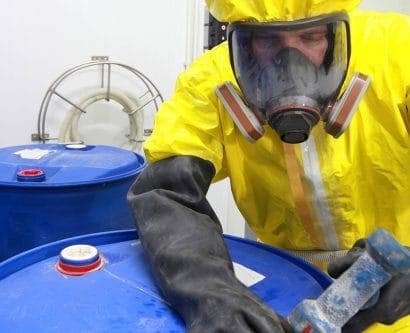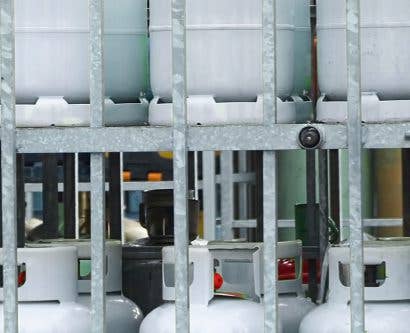What are the COSHH Requirements in a School?
COSHH is the law under which employers have a duty to control any substances that pose a hazard to health. Hazardous substances are often present in schools, and not just in the chemistry lab. Here we explain what COSHH is and give examples that you may encounter in an educational environment. We also clarify who is responsible for managing these risks to health and safety.
What is COSHH?
COSHH stands for the Control of Substances Hazardous to Health Regulations 2002. Adhering to the legislation minimises the risk of harmful exposure to chemicals, fumes, dusts and gases. This could be through inhalation, ingestion or absorption into the skin or eyes.
If your place of work uses hazardous substances then, by law, a COSHH assessment needs to be carried out. You can find out more about COSHH requirements, risk assessments and hazardous substances in our article ‘COSHH – A Guide to Employers’ and Employees’ Responsibilities’.
Examples of COSHH in Schools
All schools are likely to be affected by COSHH. Employers will have to manage the risks posed by any hazardous substances. This may include those used for cleaning, in chemistry lessons or in design and technology lessons. Employees and students need to be protected from the dangers associated with the hazardous substances used. Possible consequences include skin inflammation such as dermatitis, chemical burns or illness from ingestion or inhalation.
Staff and pupils also need to know what the different COSHH symbols mean. The symbols will be present on the bottles and packaging of hazardous substances. Knowing this will help you to understand the potential consequences if anyone does come into contact with them. Our article The New COSHH Hazard Symbols & Their Meanings explains the updated hazard symbols that you need to be able to identify.
Classroom Laboratories
Possibly the most obvious place you’d expect to find hazardous substances in a school is in classroom laboratories. As a result, precautionary measures must be in place to protect staff and pupils. In particular, the practical teaching activities in chemistry labs will frequently involve the use of chemicals, which may produce potentially hazardous substances, including fumes and gases.
Teaching staff must understand how to control hazardous substances and why it is essential to do so. They must relay this information to their pupils before they have access to any substances. Everyone who comes into contact must know the importance of health and safety and what protective measures are in place. For example, wearing personal protective equipment (PPE) that is deemed suitable, such as goggles and labcoats. A risk assessment will determine what type of PPE is required and will depend on the substances used.
Further measures need to be in place to protect pupils from coming to harm during chemistry lessons. You must ensure that pupils are always supervised when using chemicals and other substances. All hazardous substances should be kept locked in a separate store room. Pupils must have no way of accessing them unless supervised. Those responsible, typically science technicians, should ensure that teaching staff sign in and out all substances. A log of the chemicals that are kept and used on the school premises must also be maintained. These measures prevent hazardous substances from being misplaced and misused by pupils.

Design & Technology Classrooms
Hazardous substances are likely to be present in design and technology (D&T) workrooms. You may be working with solvent-based products such as glue, paint and varnish. You might also be producing dusts and fumes as a result of soldering, sanding or other fabrication processes. If you are a D&T teacher it is likely that you’ll be in contact with harmful substances on a daily basis. Therefore, you need to be conscious of how this is impacting your health, particularly in the long term. The impacts of some substances may not be experienced until the illness, like occupational asthma, has advanced.
As in a chemistry classroom, you must know the potential risks of using these hazardous substances. You need to control the risks and one such way is by wearing the correct PPE. For example, wearing regulation goggles or a visor when carrying out tasks such as soldering. Another control measure may be to open windows and doors to classrooms or provide ventilation.
One of the most important methods to prevent COSHH-related accidents and incidents from happening in D&T classrooms (as well as chemistry labs) is to ensure everyone is aware of the dangers of using hazardous substances as well as the dangers from incorrect handling. Teaching staff must also be trained in what to do in the case of a serious incident.
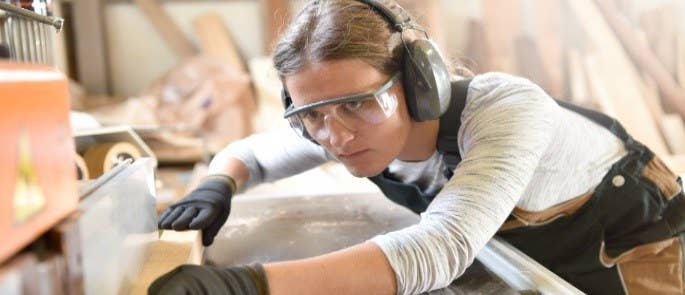
Cleaning Products
The classroom might be the obvious place you’d expect to encounter hazardous substances in a school but have you considered the risk cleaning products pose? School cleaners are often employed by an external company rather than the school. This can make the task of ensuring their training is up to date a challenge, because the school isn’t directly responsible for arranging it themselves.
Cleaners must understand the dangers that the chemicals they use can pose to their health. They must also recognise that they are working in an environment with vulnerable people (children), and so it’s especially important that they are cautious when using and removing chemicals from the school premises. If children discover any cleaning chemicals, such as bleach, there is always a risk that they may cause harm to themselves or others.
You should also consider whether cleaners bring in their own cleaning supplies, which will need to be checked by the appropriate person at the school. In addition, the employer or nominated responsible person at the school must check the training credentials of cleaners. They are also responsible for ensuring the environment the cleaners are working in is safe. This includes ensuring that they have access to the necessary safety precautions, such as gloves.
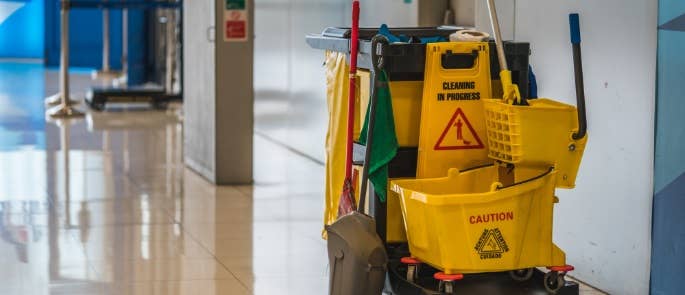
Who is Responsible for COSHH in Schools?
The employer is responsible for ensuring the legal requirements of COSHH are followed in schools. Who the employer actually is depends on the type of school in question. In England and Wales, the local authority is considered the employer of community schools and voluntary controlled schools. The governing body is the employer of foundation schools and voluntary aided schools, while independent schools are controlled by either the governing body or proprietor. Academies and free schools are the responsibility of the Academy Trust. Scotland follow a different system, and you can read more about who is considered the employer at each type of school on the HSE’s website.
Regardless of who the employer is at your school, it is their legal responsibility to ensure the health and safety of all staff and pupils. Often, this responsibility is delegated to a senior member of school staff. It becomes their duty to carry out COSHH risk assessments, or to ensure they are undertaken. This includes the identification of all hazardous substances on the premises and arranging for preventative safety measures to be enforced.
All employees have a duty to follow these precautionary measures and to help keep pupils safe from harm. Staff must be familiar with safe systems of work and understand the procedures that are in place to protect them and those around them. Any incidents or accidents involving hazardous substances that could impact on someone’s health should be reported immediately.

If you work in a school or educational environment, it is likely that there will be measures adhering to the COSHH regulations in place to protect you and those around you. You need to complete training and understand how to safely handle the substances that you may come into contact with.
It may also be your responsibility to explain this to your pupils, in order to ensure they recognise the dangers of misuse and follow precautionary measures. By following these rules, you are helping to keep yourself and others safe from injury or illness that could arise during the use of hazardous substances.
What to Read Next:
- The COSHH Hazard Symbols & Their Meanings
- School Trip Risk Assessment Template for Teachers
- COSHH Quiz
- Health and Safety in Schools: Free Checklist
- Online COSHH Training


